产品号 #05930_C
一种非整合型、自我复制的 RNA 重编程载体,用于生成诱导多能干细胞
若您需要咨询产品或有任何技术问题,请通过官方电话 400 885 9050 或邮箱 info.cn@stemcell.com 与我们联系。
使用非整合、自我复制的RNA重编程载体ReproRNA™-OKSGM生成iPS细胞的试剂盒
一种用于产生iPS细胞的非整合、自我复制的RNA重编程载体
一种非整合型、自我复制的 RNA 重编程载体,用于生成诱导多能干细胞
ReproRNA™-OKSGM 是一种单链 RNA 复制子载体,包含五种重编程因子:OCT4、KLF-4、SOX2、GLIS1 和 c-MYC,以及一个嘌呤霉素抗性基因(见图 1)。该 RNA 载体能够高效地将体细胞(如成纤维细胞)重编程为诱导多能干细胞(iPS 细胞),且仅需一次转染步骤(见图 2)。
当与 ReproTeSR™ 重编程培养基联合使用时,可在无饲养层条件下成功生成 iPS 细胞克隆,具有优异的克隆形态,且重编程效率与传统有饲养层系统相当(见图 3 - 4)。由 ReproRNA™ 重编程产生的 iPS 细胞克隆会表达未分化细胞标志物,并保持正常的核型(见图 5 - 6)。
随后,用 ReproRNA™-OKSGM 生成的 iPS 细胞可在 TeSR™ 系列维持培养基中(如 mTeSR™1、TeSR™2 或 TeSR™-E8™)继续培养,并可进一步分化为三胚层来源的细胞类型(见图 7)。
分类
添加剂
细胞类型
多能干细胞
种属
人
应用
细胞培养,重编程
品牌
TeSR
研究领域
干细胞生物学

Figure 1. Schematic of ReproRNA™-OKSGM, a Single‑Stranded RNA Replicon Vector

Figure 2. Timeline for Reprogramming with ReproRNA™-OKSGM
Somatic cells are transfected with ReproRNA™-OKSGM at day 0, and cultured in Growth Medium (containing Puromycin). After 5 days of Puromycin selection post-transfection, cells are cultured in ReproTeSR™ for the remainder of the reprogramming induction phase until hiPSC colonies emerge. Recombinant B18R Protein is also added during the first 2 weeks after transfection to inhibit the interferon response and increase cell viability. Typically, by day 20, hiPSC colonies are large enough to be isolated and propagated in TeSR™* media (mTeSR™1, mTeSR™Plus, eTeSR™, TeSR™-AOF, or TeSR™-E8™).
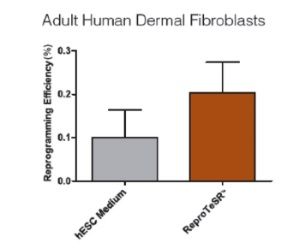
Figure 3. ReproRNA™-OKSGM Vector Efficiently Reprograms Fibroblasts
Dermal fibroblasts were transfected with the ReproRNA™-OKSGM vector and reprogrammed under feeder-dependent (standard KOSR-containing hES cell medium on irradiated mouse embryonic fibroblasts (iMEFs)) or feeder-independent conditions (ReproTeSR™ on Corning® Matrigel®). Fibroblasts (passage 4) were reprogrammed with average efficiencies of 0.10 ± 0.03% (hES cell medium) and 0.20 ± 0.01% (ReproTeSR™). Reprogramming efficiency of fibroblasts with ReproRNA™ and ReproTeSR™ is comparable to that reported with Sendai virus.¹ (n ≥ 6; Data shown are mean ± SEM).
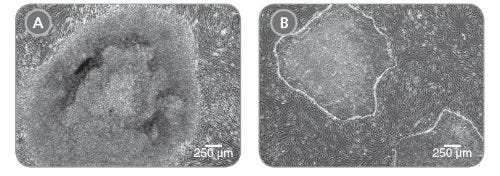
Figure 4. Feeder-Free Reprogramming with ReproRNA™-OKSGM Vector and ReproTeSR™ Generates iPS Cell Colonies with Superior Colony Morphology
Representative images of iPS cell colonies were generated using ReproRNA™‑OKSGM and cultured in (A) standard hES cell medium on irradiated mouse embryonic fibroblasts (iMEFs) or (B) ReproTeSR™ on Corning® Matrigel®. iPS cell colonies derived using ReproTeSR™ exhibit more defined borders, compact morphology, and reduced differentiation as compared to the ES cell medium.
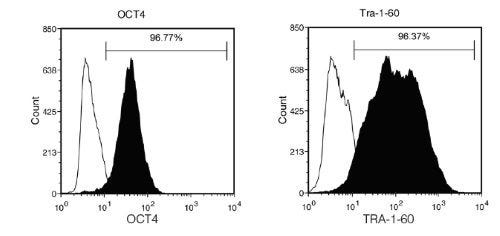
Figure 5. Human iPS Cells Generated with ReproRNA™-OKSGM Express Undifferentiated Cell Markers
Human iPS cells generated with ReproRNA™-OKSGM display high expression of undifferentiated cell markers (OCT4 and TRA-1-60) as shown by flow cytometry analysis after 12 passages in mTeSR™1. (Filled histogram = sample, hollow histogram = secondary antibody only).
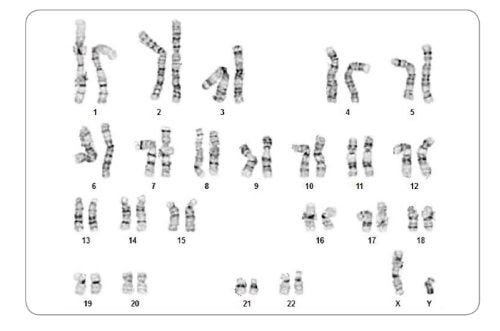
Figure 6. iPS Cells Derived Using ReproRNA™-OKSGM Display a Normal Karyotype
Karyogram of iPS cells derived with ReproRNA™-OKSGM and cultured in mTeSR™1 for 8 passages shows that a normal karyotype is retained.
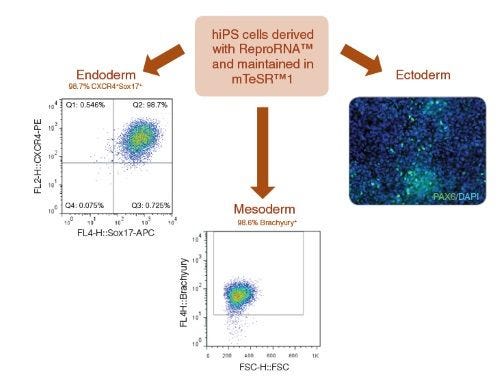
Figure 7. ReproRNA™-OKSGM Derived iPS Cells Have the Capacity to Differentiate to Cells of the Three Germ Layers
Human iPS cells derived with ReproRNA™-OKSGM and maintained in mTeSR™1 for 7 passages were differentiated into cells of the three germ layers. Endoderm specification was achieved using the STEMdiff™ Definitive Endoderm Kit and flow cytometry analysis shows a high percentage of cells (98.7%) positive for endoderm markers (CXCR4+SOX17+). Mesoderm induction was achieved with STEMdiff™ Mesoderm Induction Medium as shown by the high percentage of cells (98.6%) expressing Brachyury (T). Ectoderm specification was demonstrated using STEMdiff™ Neural Induction Medium. CNS-enriched NPC cultures expressing PAX6 (green) and stained with DAPI (blue) are shown.
请在《产品说明书》中查找相关支持信息和使用说明,或浏览下方更多实验方案。
本产品专为以下研究领域设计,适用于工作流程中的高亮阶段。探索这些工作流程,了解更多我们为各研究领域提供的其他配套产品。
Thank you for your interest in IntestiCult™ Organoid Growth Medium (Human). Please provide us with your contact information and your local representative will contact you with a customized quote. Where appropriate, they can also assist you with a(n):
Estimated delivery time for your area
Product sample or exclusive offer
In-lab demonstration
| 物种 | 人类 |
|---|
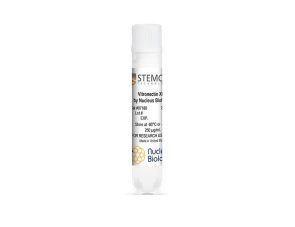
成分明确的无异源基质,支持人多能干细胞在无血清、无饲养层条件下的生长和分化。
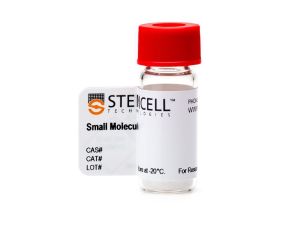
WNT 通路激活剂;抑制 GSK3
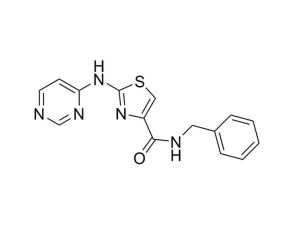
RHO/ROCK 通路抑制剂;抑制 ROCK
扫描二维码或搜索微信号STEMCELLTech,即可关注我们的微信平台,第一时间接收丰富的技术资源和最新的活动信息。
如您有任何问题,欢迎发消息给STEMCELLTech微信公众平台,或与我们通过电话/邮件联系:400 885 9050 INFO.CN@STEMCELL.COM。
在线联系

